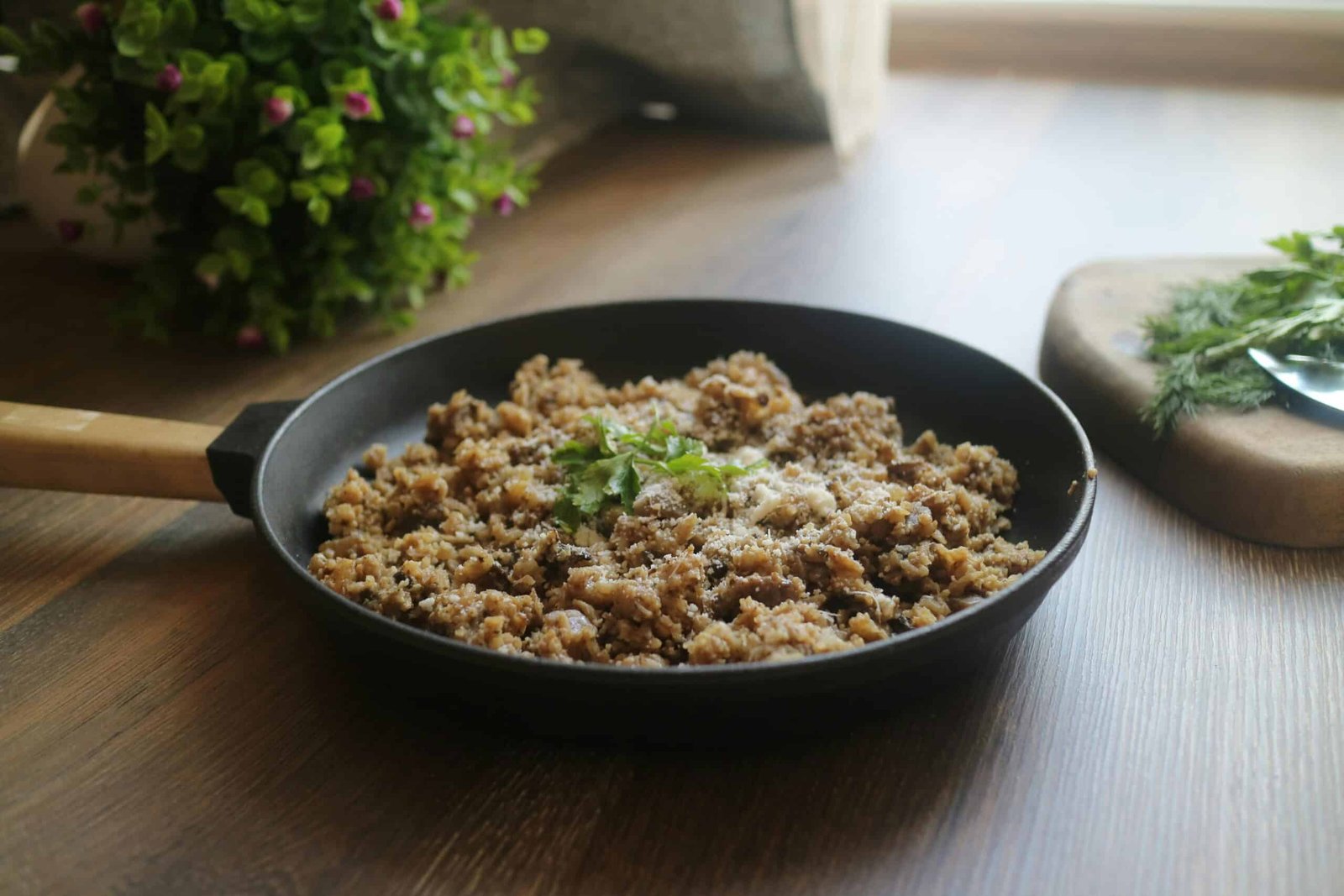Is your cast iron pan truly at its best—or is its nonstick performance slowly slipping away? Many home cooks follow arbitrary timelines for seasoning, but experts recommend something more reliable: paying attention to your pan’s visual cues and cooking performance.
In this guide, we’ll break down how often you should season cast iron, the factors that affect it, and simple best practices to keep your cookware flawless for years.
What Affects How Often You Need to Season Cast Iron?
Several factors influence how quickly your cast iron loses its protective coating:
1. Frequency and Intensity of Use
- Heavy use (daily frying, high-heat searing) wears down seasoning faster.
- Light use (occasional sautéing or baking) means the seasoning lasts longer.
Example: A skillet used daily to cook bacon will need re-seasoning more often than one used weekly to bake cornbread.
2. Cleaning Routine
- Gentle cleaning with hot water and a stiff brush preserves seasoning.
- Harsh scrubbing, soaking, or frequent use of soap can strip away the protective layer.
- Drying thoroughly and applying a thin coat of oil after each wash helps maintain the finish.
3. Environment and Storage
- High humidity encourages rust if the pan isn’t oiled regularly.
- Fluctuating temperatures can weaken the seasoning bond.
- Storing pans in dry, stable conditions extends their lifespan.
Tip: If you live in a humid climate, lightly oil your cast iron after each use to prevent rust.
Signs Your Cast Iron Needs Re-Seasoning
Don’t rely on the calendar—trust the pan itself. Look for these indicators:
- Food sticking more than usual
- Uneven coloring or dull patches on the surface
- Visible rust spots
- Flaking or worn-down areas
If you notice any of these signs, it’s time for a full seasoning session.
Expert Tips for Maintaining Cast Iron Seasoning
Seasoning cast iron is less about strict schedules and more about consistent care. Here’s what experts recommend:
- Lightly oil after every use. This prevents rust and strengthens the seasoning over time.
- Do full re-seasoning as needed. Typically every 6–12 months, or sooner if the surface looks worn.
- Choose the right oils. High-smoke-point oils like grapeseed, canola, or avocado oil create a durable coating.
- Don’t worry about over-seasoning. Applying thin layers and baking properly will only improve your pan.
Step-by-Step: How to Season Cast Iron
- Clean the pan thoroughly. Remove any rust or buildup.
- Apply a thin layer of oil. Wipe until the surface looks almost dry.
- Bake at 350–400°F (175–200°C). Place the pan upside down in the oven for 1 hour.
- Cool completely. For a new pan, repeat 2–3 times for the best base layer.
FAQs About Cast Iron Seasoning
Q: How often should I season cast iron?
A: Light oiling after each use is key. Full seasoning is usually needed every 6–12 months, or when you see signs of wear.
Q: What temperature is best for seasoning?
A: Bake at 350–400°F for strong, lasting polymerization of the oil.
Q: Can you over-season cast iron?
A: No—thin, baked layers only strengthen the surface.
Q: Is olive oil good for seasoning?
A: Olive oil has a low smoke point, so it’s not ideal. Stick with grapeseed, avocado, or canola oil.
Q: How should I clean cast iron between uses?
A: Use hot water and a stiff brush, avoid soaking, dry thoroughly, and finish with a light coat of oil.
Final Takeaway
There’s no one-size-fits-all answer to how often you should season cast iron. The key is consistent light care after every use and paying attention to signs of wear. With proper upkeep, your skillet will deliver decades of reliable, nonstick cooking.

